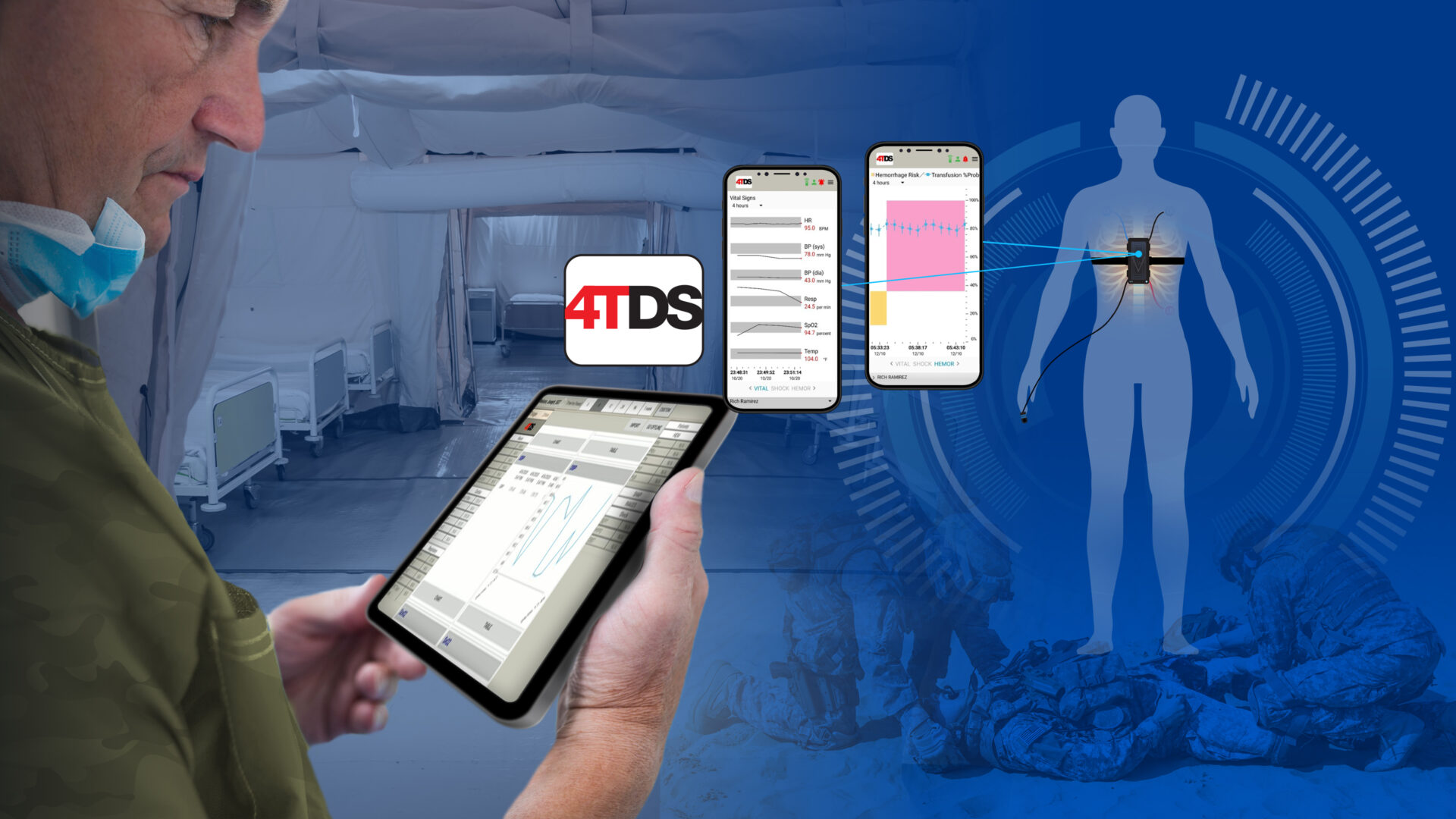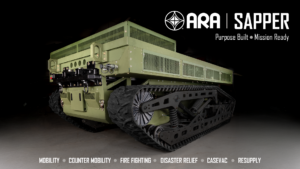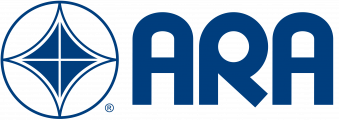Recipient of the 2022 Medical Technology Enterprise Consortium (MTEC) Impact Award, recognizing a member firm’s outstanding support of a high impact military need.

ML-supported decision support for austere battlefield settings
Saving lives on the battlefield through Tactical Combat Casualty Care (TCCC) and Prolonged Field Care (PFC) relies on accurate, rapid diagnosis and treatment to prevent the effects of trauma that can lead to morbidity and mortality if not detected.
To meet that need, Applied Research Associates, Inc. (ARA), the Mayo Clinic, and Ambient Clinical Analytics developed the Trauma Triage Treatment and Training Decision Support (4TDS) system. 4TDS uses the VitalTag monitor (Pacific Northwest National Laboratory in Richland, WA) placed on a casualty at point of injury (PoI) to stream six vital signs to the phone: heart rate, respiration rate, peripheral oxygen saturation (SpO2), and diastolic and systolic blood pressure. Two artificial intelligence (AI) models analyze the vital signs. One indicates the current risk of internal hemorrhage and probability of the need for a massive transfusion (more than one unit of red blood cells) while the other indicates the probability of shock.
Participatory design ensures solutions align with TCCC/PFC
Early engagement with experienced military medics and clinicians from all services ensured 4TDS reflects their mental models and work processes. It also built support among potential users should the system transition to operational use. Two series of usability assessments with nearly 100 Army, Navy and Air Force medics, nurses, doctors, and physician’s assistants at Joint Base San Antonio, TX discovered opportunities for improvement and confirmed alignment with TCCC/PFC needs. Scripted scenarios led participants through casualty care decisions to verify whether 4TDS improved their performance, and reviewed refresher training on life-critical skills such as restoring a compromised airway.
Strong military healthcare/industry/academic team
Two agencies funded 4TDS through MTEC’s Multi-Topic Request for Project Proposals: the U.S. Army Medical Research and Development Command (USAMRDC) and U.S. Army Medical Materiel Development Activity (USAMMDA). Co-PIs-Christopher Nemeth, PhD (ARA) and Dr. Vitaly Herasevich (Mayo Clinic) led the project. Dr. Nemeth led 4TDS design and testing with ARA team members Mr. Greg Rule, Ms. Natalie Keeney, and Mr. Steven Antrim. Dr. Herasevich led shock prediction model development and testing with support from ARA’s Adam Amos-Binks, PhD. Dr. Jaques Reifman of the Biotechnology High-performance computing Software Applications Institute (BHSAI) supported the addition of the hemorrhage risk models. CAPT Eric Elster, MD and Dr. Matthew D’Angelo of the Uniformed Services University of Health Sciences (USUHS) and Mr. Bret Smith (Tactical Combat Medicine Course, JBSA) provided guidance from deployed TCCC/PFC experience.
ARA is working closely with the military medical community to complete FDA approvals and to field 4TDS and VitalTag to medics of all military services.



